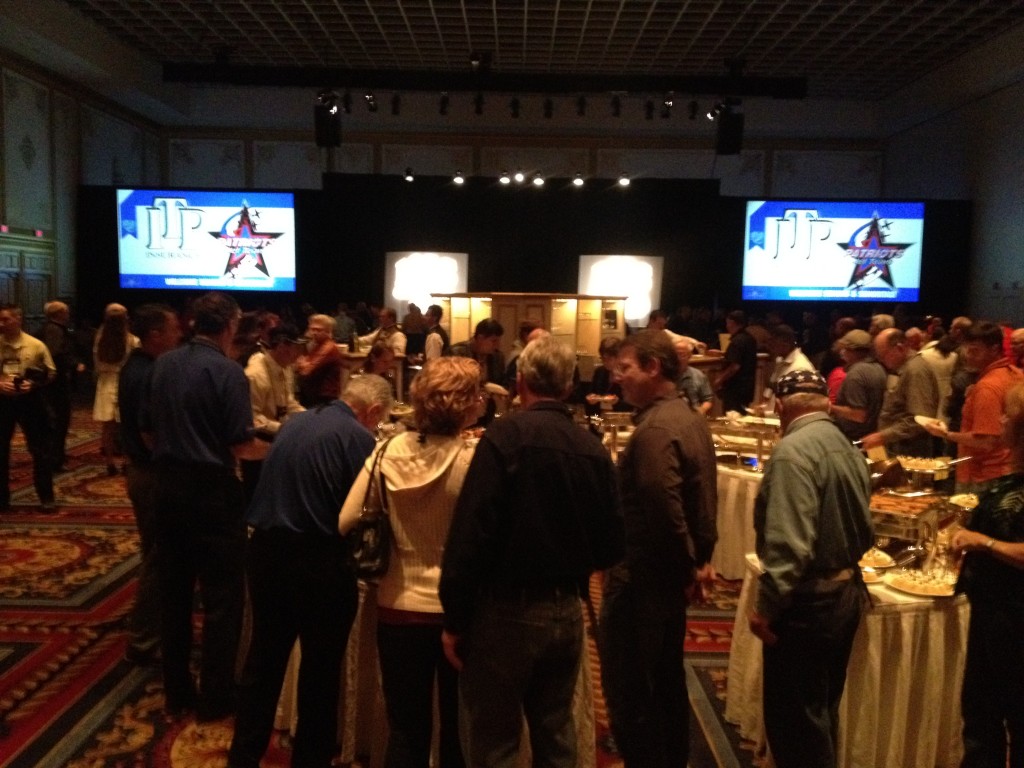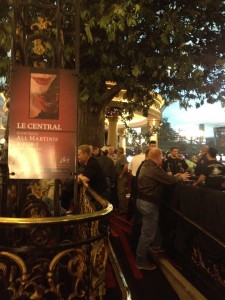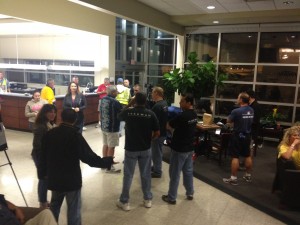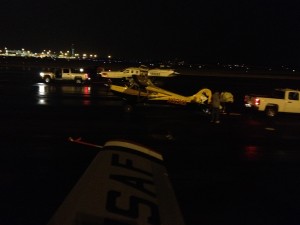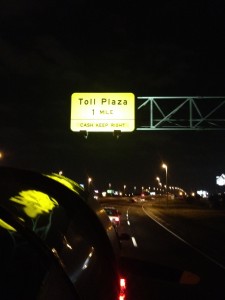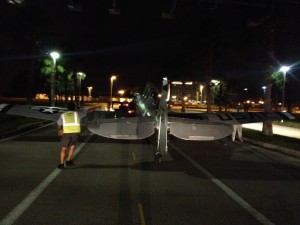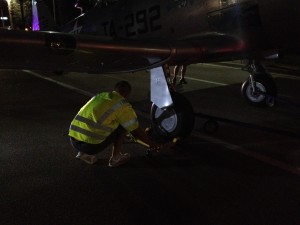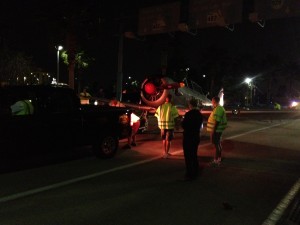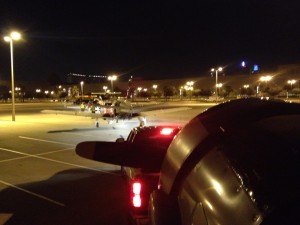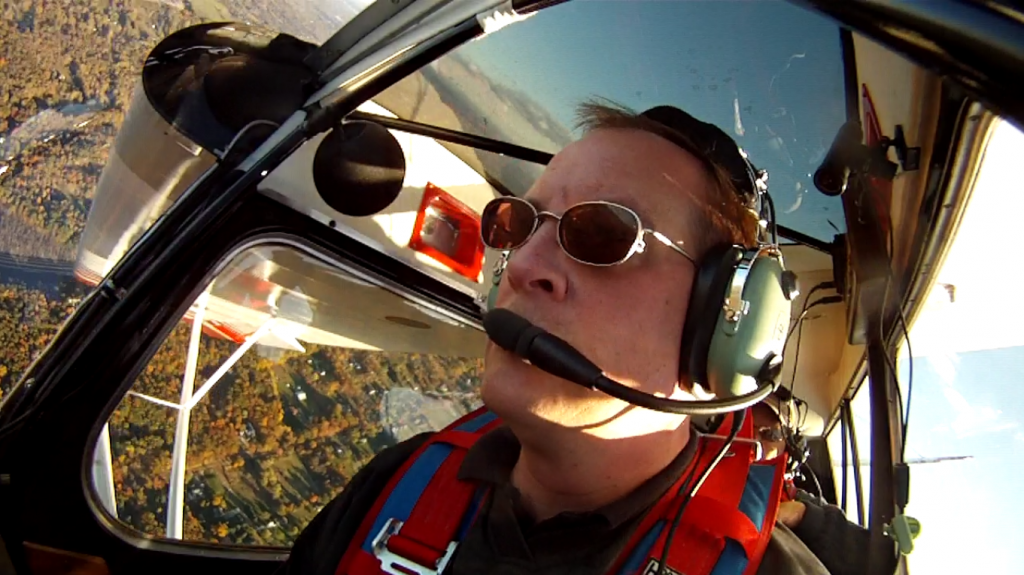The Delta flight from Detroit settled onto the runway just after 5:00 a.m. PT, the baggage claim system worked flawlessly, there was a cab waiting when I walked through the sliding doors, and the reception desks at Paris Las Vegas were fully staffed with no waiting. Not even the President of the United States of America could make me late to the ICAS Convention welcome reception.
In fact, my flight’s departure delayed pushback because Air Force One was on the other side of the field and we had to wait until it was airborne and a few miles out before pushing back. But everything else worked out perfectly and I was even early for the reception.
The convention has actually been in full swing for a day already. For the last three years, the convention has kicked off the initial sessions on Sunday and run through Wednesday. This year, the convention kicked off on Monday, thus changing the time proposition for a guy like me who also flies a desk on weekdays. So I got a half day of work in and then hit KDTW for a flight out to Vegas to arrive just in time for the opening reception.
I hit Le Central (better known to ICAS regulars as the “circle bar”) for awhile and made contact again with some of my airshow bros whom I hadn’t seen since last year. Even cooler, though, was running into people I had last seen out on the performer ramp during my first season as a performer myself. I suppose that that’s a bigger thing for me than it is for them, but that’s okay. Tomorrow is flight suit day and I get to walk the floor as a performer for the first time.
The exhibit hall opens this morning after a keynote by former Pittsburgh Steelers running back Rocky Bleier. I’ll be heading down in about an hour to go see that and get an initial run around the floor.
The jet team announcements also happen this morning. That’s a big deal. If you’ve ever played backgammon, you know what the “running game” is. All of the opposing pieces are out of the way and you’re running to get all of your pieces home. Once the shows know whether they have jet teams, they can go about filling up the remainder of their performers. So the wheeling and dealing will begin in earnest for many of the performers. Act type, geography, show composition, and lots of other factors go into the process and it’s really interesting to see it happen.
